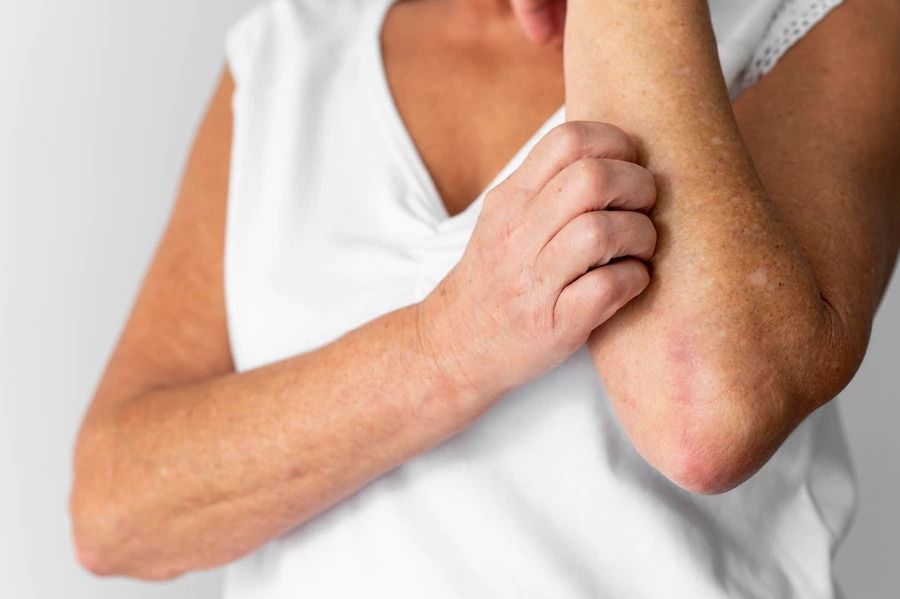Diabetes is also known as a silent killer because of the way the disease progresses in a silent and sneaky way. Your blood sugar levels slowly rise and your body gradually becomes resistant to insulin and your pancreas stops producing enough insulin to control blood sugar. While a lot has been written about the early signs of diabetes in the form of increased urination, increased thirst, blurred vision, slow healing of wounds, etc. Not many people know that their skin can also be an indicator of chronic conditions like diabetes and needs attention.
Diabetes is a systemic condition that causes many unwanted changes in physiology. These include insulin resistance, decreased blood flow, nerve damage, and high blood sugar levels that suppress the immune system. These changes can cause a variety of problems to your skin individually or in combination. InUrSkn’s dermatologist and venereologist CMO Dr. Sejal Saheta suggested some skin conditions that you should pay attention to.
Some skin conditions should be considered:
Frequent skin infections: A suppressed immune system due to diabetes can often lead to bacterial, parasitic, fungal or viral infections. Some such common infections are folliculitis (boils), scabies, nail infections, jock itch, athlete’s foot etc.
Dry itchy skin all over the body: Due to poor blood circulation, itching may occur on various parts of the body; Especially on the lower legs.
Increases the chances of wound healing and slow wound healing: Diabetes also reduces the sensation on the skin and therefore increases the chances of cuts and bruises on the skin. This bruise can lead to more serious infections if left untreated. As well as most of us know that the wound heals from diabetes slowly as it interferes with the process of activating the immune system.
The development of specific skin lesions or skin changes such as:
- Thick dark vertical patches on neck, underarms, groin etc. This condition is called acanthosis negricans.
- Development of skin tags and in some cases vitreous indications of vitiligo.
- Thinning of the skin with red and itchy ulcers.
- Small raised brown spots appear on the shins.
- The skin on the extremities (fingers, toes and hands) becomes thick, waxy and tight
- Appearance of yellowish lesions on hands, feet and feet.
- Appearance of blisters on extremities.
What to do to take care of your skin if you are a diabetic
- Starting with clarity, keep your sugar under control and get regular blood tests.
- Always keep your skin clean and moisturized to prevent any cuts and pinches
- Avoid too hot baths and showers. Bathe twice in warm humid weather to reduce sweating to reduce the chances of infection
- Avoid soaps and shampoos that make the skin dry. Moisturizing soaps are helpful.
- Always be prone to cuts and bruises immediately. Wash small cuts with soap and water.
- See a dermatologist immediately if you notice a large cut, burn, or infection.
- Take good care of your feet and hands. Patients with diabetes are more likely to develop other skin and limb related diseases. Check them daily for sores and cuts. Wear wide, flat shoes that fit well.
If you experience any of the above conditions, it would be advisable to see your dermatologist or family physician who may order a blood sugar test to detect or rule out diabetes and any other related conditions.
